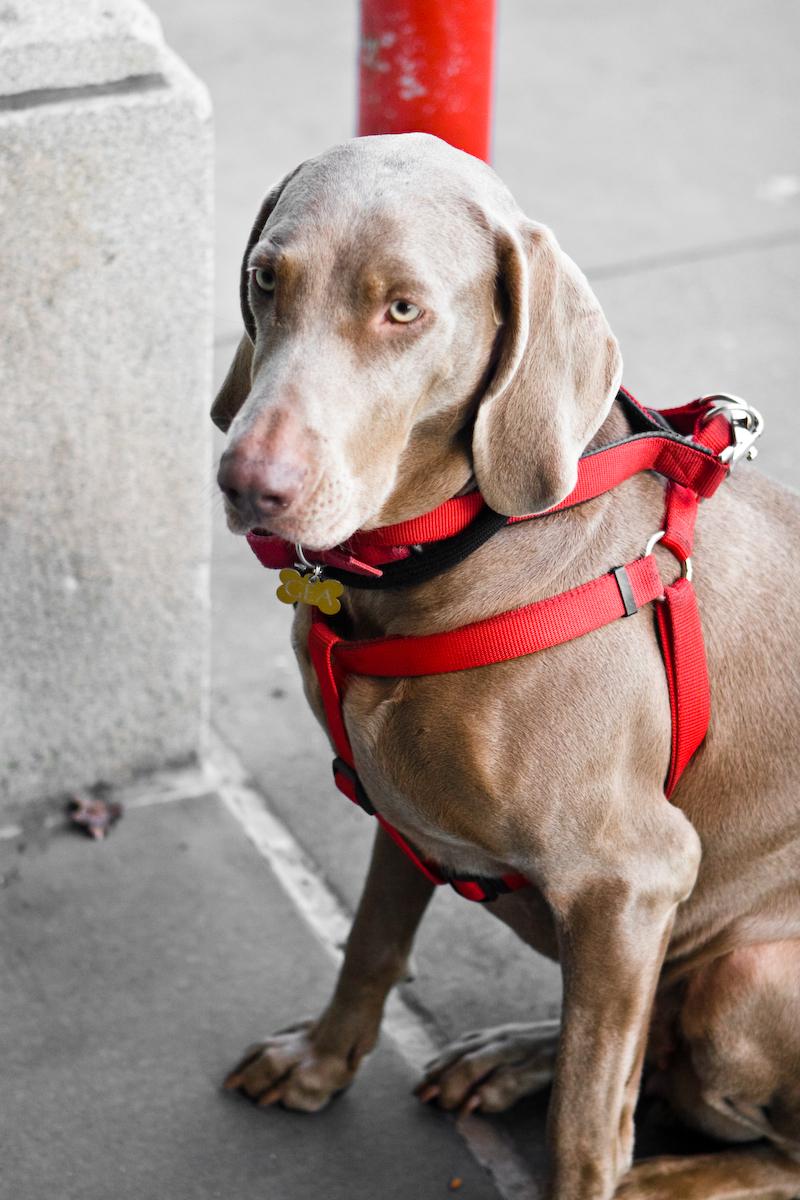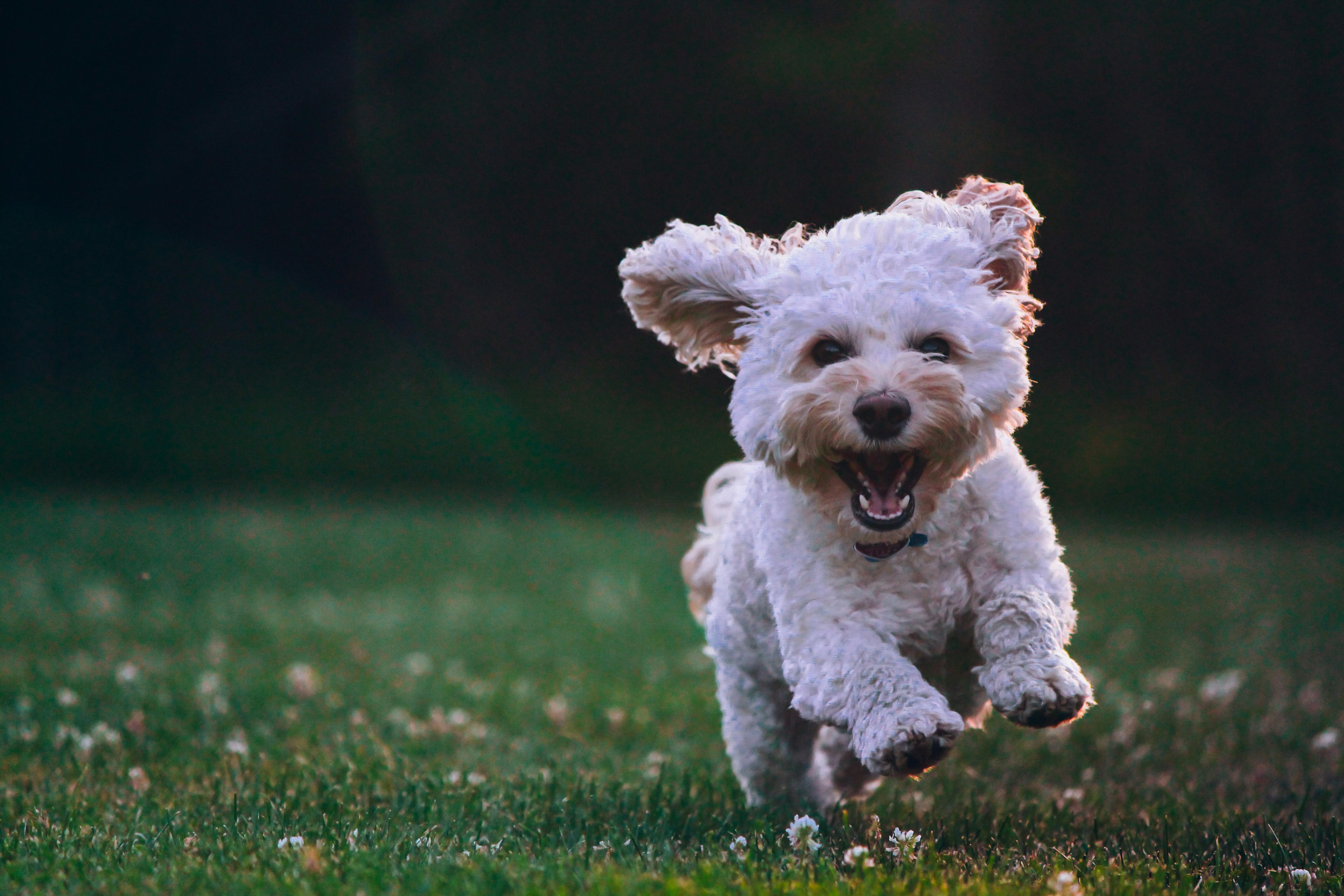Best Techniques to Stop Your Dog From Pulling on the Leash

Walking your dog should be a pleasant experience for both you and your furry companion. However, a dog that constantly pulls on the leash can turn a simple stroll into a challenging task. Understanding the reasons behind this behavior and implementing effective techniques to address it can transform your walks into enjoyable outings. This article delves into the best strategies to curb leash pulling, offering practical solutions that cater to different dog breeds and temperaments. Whether you’re a seasoned pet owner or a new dog parent, these methods will help you cultivate a more harmonious walking experience, enhancing the bond between you and your pet.
Understanding the Root Causes of Leash Pulling
Before addressing the issue of leash pulling, it’s crucial to delve into the underlying reasons why dogs tend to pull. Understanding these root causes can significantly aid in developing effective strategies to curb this behavior. Often, dogs pull on the leash due to their natural instinct to explore their surroundings. The world is full of intriguing sights, sounds, and smells that can be overwhelmingly enticing. Additionally, some dogs may pull out of excitement or a desire to lead, especially if they are naturally high-energy or have a strong prey drive. Recognizing these behavioral tendencies is the first step in addressing the problem.
Another factor to consider is the dog’s level of training and socialization. Inadequate training can lead to poor leash manners, as the dog might not have learned the appropriate way to walk alongside their owner. Fear or anxiety can also contribute to pulling, as dogs may attempt to flee from perceived threats or seek reassurance by staying close to their owner. It’s important to assess whether your dog has had positive experiences on walks or if there are any environmental triggers causing stress. By identifying these causes, you can tailor your approach to suit your dog’s unique needs, ensuring a more harmonious walking experience for both of you.

Effective Training Methods for a Calm Walk
Training your dog to walk calmly by your side requires patience and consistency. Begin by establishing a solid foundation with positive reinforcement. Reward your dog with treats or praise whenever they walk without pulling, reinforcing the behavior you want to see. Consistency is key; ensure that everyone walking the dog follows the same guidelines to avoid confusion.
Consider using training tools like a front-clip harness or a head collar to gently guide your dog. These tools can help reduce pulling by redirecting their attention back to you. Incorporate the stop-and-go method: whenever your dog starts pulling, stop walking. Wait until they return to your side, then resume the walk. This teaches them that pulling leads to stopping, not moving forward.
- Use short, focused training sessions to maintain your dog’s attention.
- Gradually increase distractions to ensure your dog can walk calmly in various environments.
- Practice regularly to reinforce the behavior and make calm walking a habit.
Remember, patience and consistency will pay off in achieving those peaceful, enjoyable walks with your furry friend.

Choosing the Right Equipment for Better Control
To effectively address your dog’s leash pulling, it’s crucial to select the appropriate gear that offers you more control and comfort during walks. Harnesses designed to prevent pulling are a great starting point. Unlike traditional collars, these harnesses distribute pressure evenly across your dog’s body, reducing strain on their neck and giving you greater steering power. Look for features such as:
- Front-clip attachments: These encourage your dog to turn towards you when they pull, promoting better walking behavior.
- Adjustable straps: Ensure a snug fit to prevent chafing and enhance control.
- Padded material: Offers comfort for extended walks.
Additionally, consider leashes that are specifically designed to reduce pulling. Options like double-ended leashes allow you to attach one end to the front of the harness and the other to the back, providing balanced control. For those looking for more flexibility, bungee leashes can absorb the shock of sudden pulls, protecting both you and your dog from abrupt jerks. Selecting the right equipment not only helps in training but also ensures a more enjoyable walking experience for both you and your furry friend.

Incorporating Positive Reinforcement in Leash Training
Positive reinforcement is a powerful tool in leash training that focuses on rewarding desired behaviors rather than punishing unwanted ones. This approach not only strengthens the bond between you and your dog but also encourages them to repeat behaviors that earn them rewards. Here’s how you can effectively implement positive reinforcement in your leash training routine:
- Use High-Value Treats: Choose treats that your dog finds irresistible. Reserve these special treats exclusively for training sessions to maintain their novelty and effectiveness.
- Reward Timing: Be sure to reward your dog immediately when they display the desired behavior, such as walking beside you without pulling. The quicker the reward follows the action, the stronger the association your dog will make.
- Consistency is Key: Consistently reward your dog each time they walk nicely on the leash. This helps reinforce the behavior and makes it a natural part of their walking routine.
- Use Verbal Praise: Alongside treats, use enthusiastic verbal praise to let your dog know they’re doing a great job. This dual reinforcement can enhance the learning process.
- Gradually Reduce Treats: Once your dog consistently exhibits the desired behavior, start reducing the frequency of treats, while maintaining verbal praise, to ensure the behavior is ingrained.
By incorporating these techniques, you create a positive and encouraging environment for your dog, making leash training an enjoyable experience for both of you.



